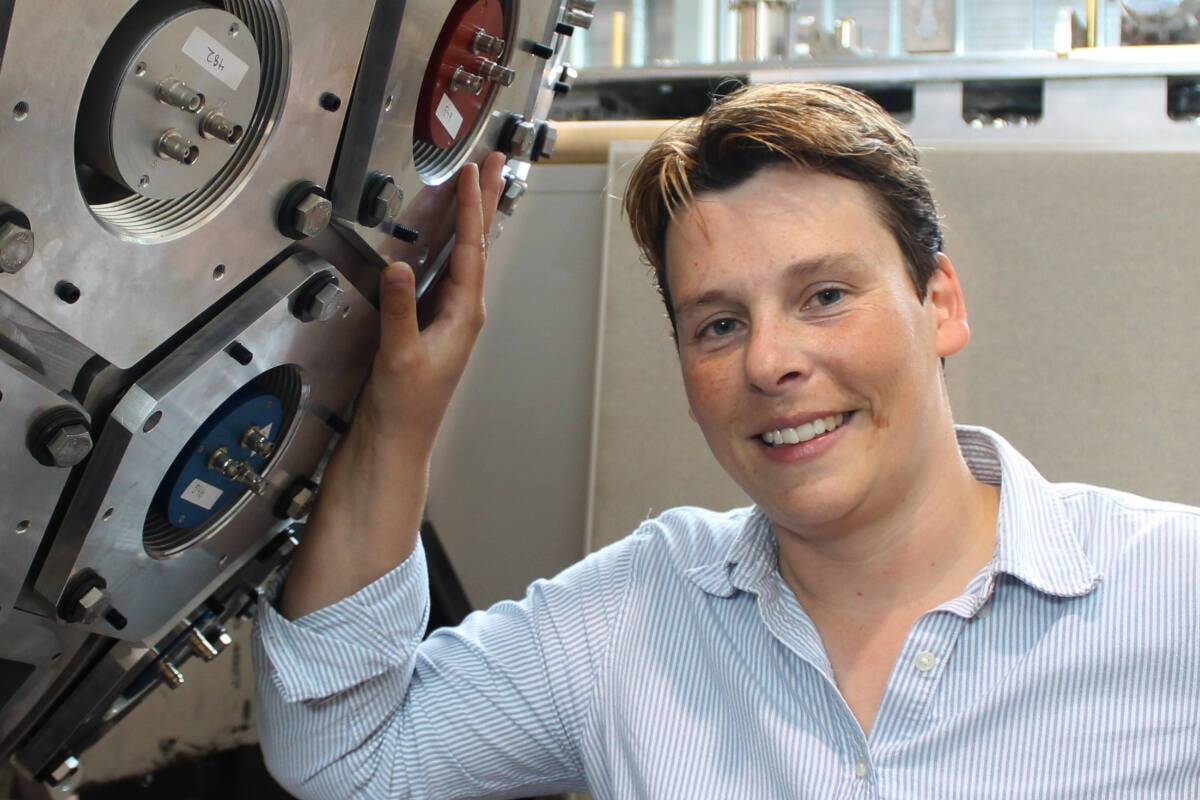-
NASA astronaut sees her parents’ birth country from space. ‘This may be the closest I will ever get’
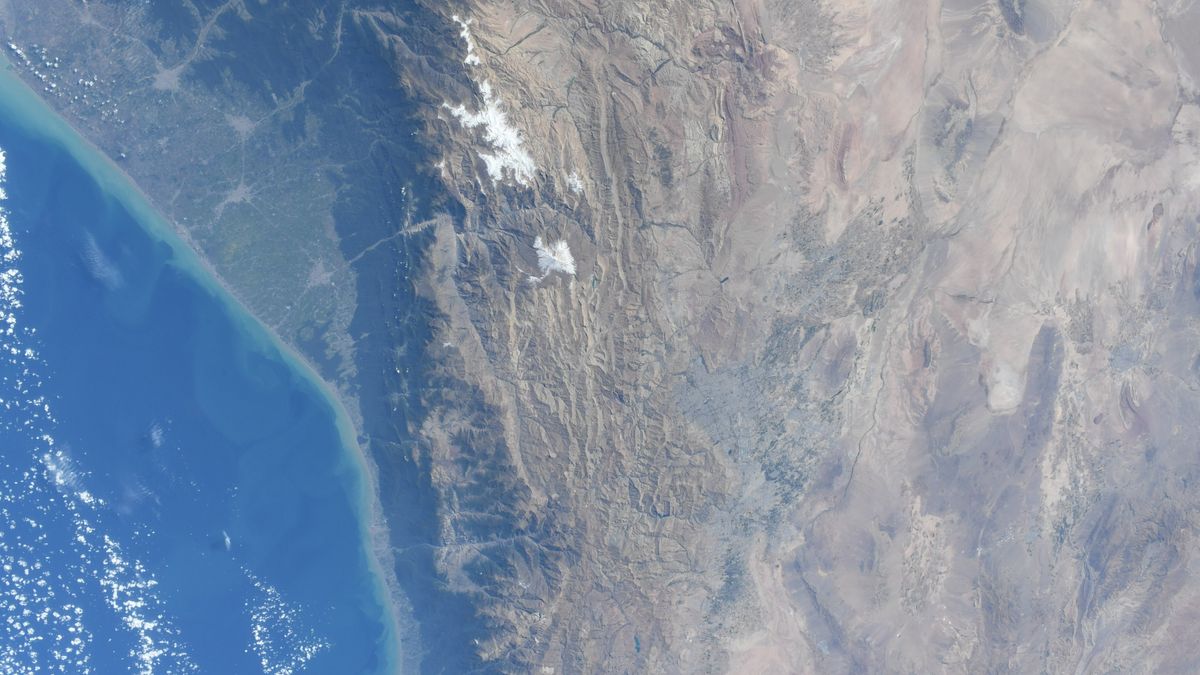
An astronaut with heritage from Iran spotted her parents’ homeland from space. NASA astronaut Jasmin Moghbeli photographed Iran from the International Space Station (ISS) and shared the experience on X, formerly Twitter. While she has been in space for three months with SpaceX Crew-7, weather and her busy ISS schedule made it difficult to see…
-
James Webb telescope discovers ‘Cosmic Vine’ of 20 connected galaxies sprawling through the early universe
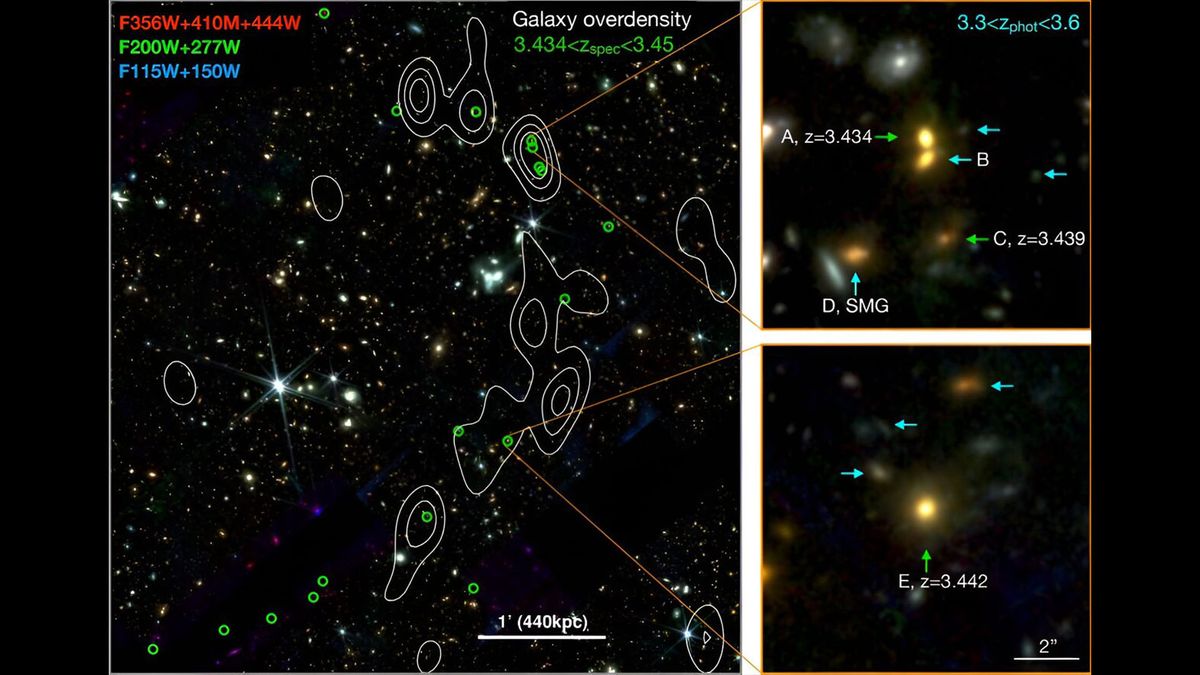
Astronomers using James Webb Space Telescope (JWST) data have discovered a massive chain of at least 20 closely packed galaxies from the early universe, and it could reveal insight into how the most massive structures in the cosmos form. This megastructure — nicknamed the “Cosmic Vine” in a study published Nov. 8 to the preprint…
-
Inside a historic trip to Antarctica, crewed by over 100 women scientists
Since 2007, Michaela Musilová has dreamt of visiting Antarctica. As an astrobiologist, she has two goals: To identify the limits of life on Earth and to assess the possibility that life as we know it exists elsewhere in the universe. Researching how life behaves in the extreme environment of Antarctica is key for her work;…
-
‘Imiloa unveils new state-of-the-art planetarium projection system
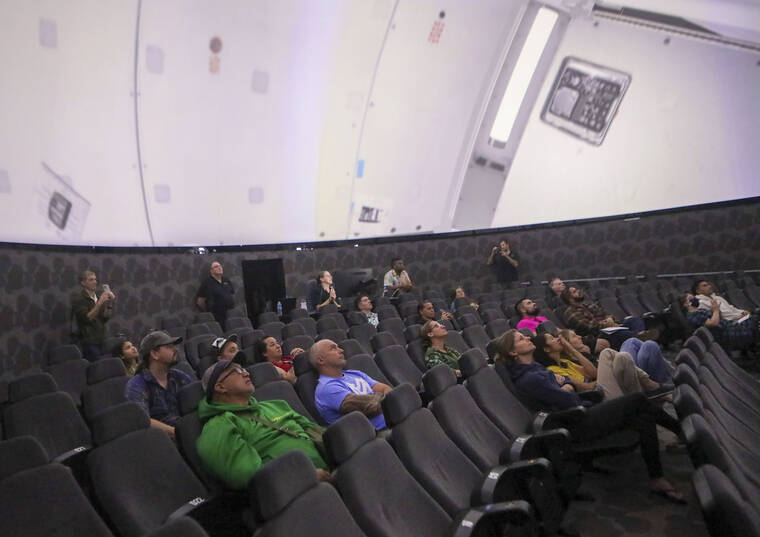
The ‘Imiloa Astronomy Center in Hilo has upgraded its planetarium. The center has been closed since Monday, Nov. 6, for a $720,000 NASA-funded improvement to the planetarium, which features a 10K-resolution system that is utilizing 10 laser-illuminated projectors for a superior graphic performance. ADVERTISING Guests were treated to a preview Friday ahead of the center’s…
-
Deformable Mirrors in Space: Key Technology toDirectly Image Earth Twins
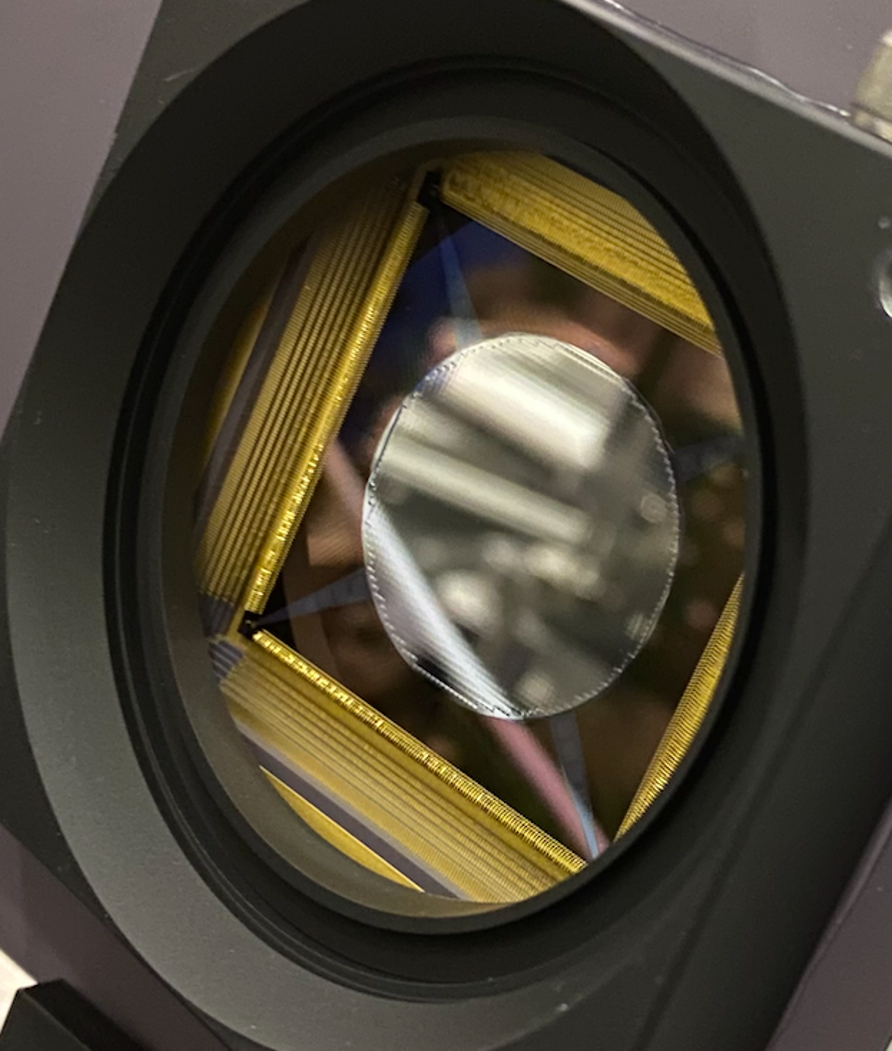
Deformable Mirror Technology development Deformable mirrors enable direct imaging of exoplanets by correcting imperfections or shape changes in a space telescope down to subatomic scales. Finding and studying Earth-like planets orbiting nearby stars is critical to understand whether we are alone in the universe. To study such planets and assess if they can sustain life,…
-
Nanaimo astronomy society speaker explains nuclear astrophysics in a nutshell
It’s been 13.8 billion years since the ‘big bang’ and in that time hundreds of generations of stars have been born and died, and the elements formed by that process have, in turn, created everything in the physical universe. Iris Dillmann, nuclear astrophysicist and senior research scientist at Tri-University Meson Facility since 2013 and adjunct…
-
James Webb Space Telescope detects water vapor, sulfur dioxide and sand clouds in the atmosphere of a nearby exoplanet

A team of European astronomers, co-led by researchers from the Institute of Astronomy, KU Leuven, used recent observations made with the James Webb Space Telescope to study the atmosphere of the nearby exoplanet WASP-107b. Peering deep into the fluffy atmosphere of WASP-107b they discovered not only water vapour and sulfur dioxide, but even silicate sand…
-
Guidelines for naming a planet’s surface are biased towards men

Male-biased culture of naming planetary features ‘disadvantages women’ By Matt Drake Published: 19:57 EST, 19 November 2023 | Updated: 20:17 EST, 19 November 2023
-
Guidelines for naming planet’s surface features ‘biased towards men’

Sign up for a full digest of all the best opinions of the week in our Voices Dispatches email Sign up to our free weekly Voices newsletter The guidelines for naming a planet’s surface features are not inclusive enough and are biased towards men, an academic has said, as research shows fewer than 2% of…
-
Laying a Foundation
LAUNCH CONTROL: Main engine start, six engines up and running. And lift-off! Lift-off of the Proton rocket and the Zarya control module. The International Space Station is under way. The International Space Station was born 25 years ago today. The first piece of the station was launched from Baikonur Cosmodrome in Kazakhstan. It was built…
